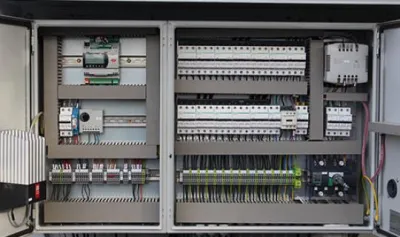BAC Baltimore Balticare GmbH
TSU-C/D ice bank
Power range
325 - 5060 kWh
BAC Balticare TSU-C/D ice bank
p>As the name suggests, these units use ice to build up and store refrigeration when cooling demand and/or energy prices are low (mostly overnight). This is then used by the system for air conditioning or process purposes when energy prices are high (mostly during the day).
advantages
- Exhaust air heater up to 50% more compact.
- Operating Cost Savings : Ice is formed overnight using cheaper electricity.
- Lower Energy Consumption Designing the refrigeration system according to average conditions rather than peak demand reduces energy requirements and refrigerant charge.
- Reduced CO2 emissions : Much of the refrigeration occurs overnight when condensing temperatures are lower and the refrigeration system requires less energy.
- Less compressor maintenance because the compressor is constantly operating at full capacity and not at fluctuating partial loads.
- Cold storage systems provide backup cooling.
systems
- The TSU-C/D is an external melting system . Direct contact between ice and water ensures a constant, low water temperature. External melting is ideal for applications that require constant near-freezing water temperatures (1 to 2°C).
- TSU-M is an internal fusion system . Internal melting is ideal for air conditioning systems with high temperature cooling.
The tube bundle is installed in factory assembled modular tanks , several of which are typically required for the required cooling load. They can be installed in basements, on roofs, inside and outside buildings.
- TSC has only one coil for ice storage applications. The concrete tanks that house them are usually part of the building infrastructure.
applications
Ice storage is usually used for
- air conditioners
- district cooling
- emergency cooling
- supermarkets
- dairies
- breweries
- meat processing
- wet pre-cooling for fruit and vegetable storage
TSU-C/D properties
- External ice melting
- Direct refrigerant or glycol feed
power range
325 - 5060kWh
Typical applications
- food processing
- breweries
- dairies
overview
- working principle
- design features
- Technical specifications

















